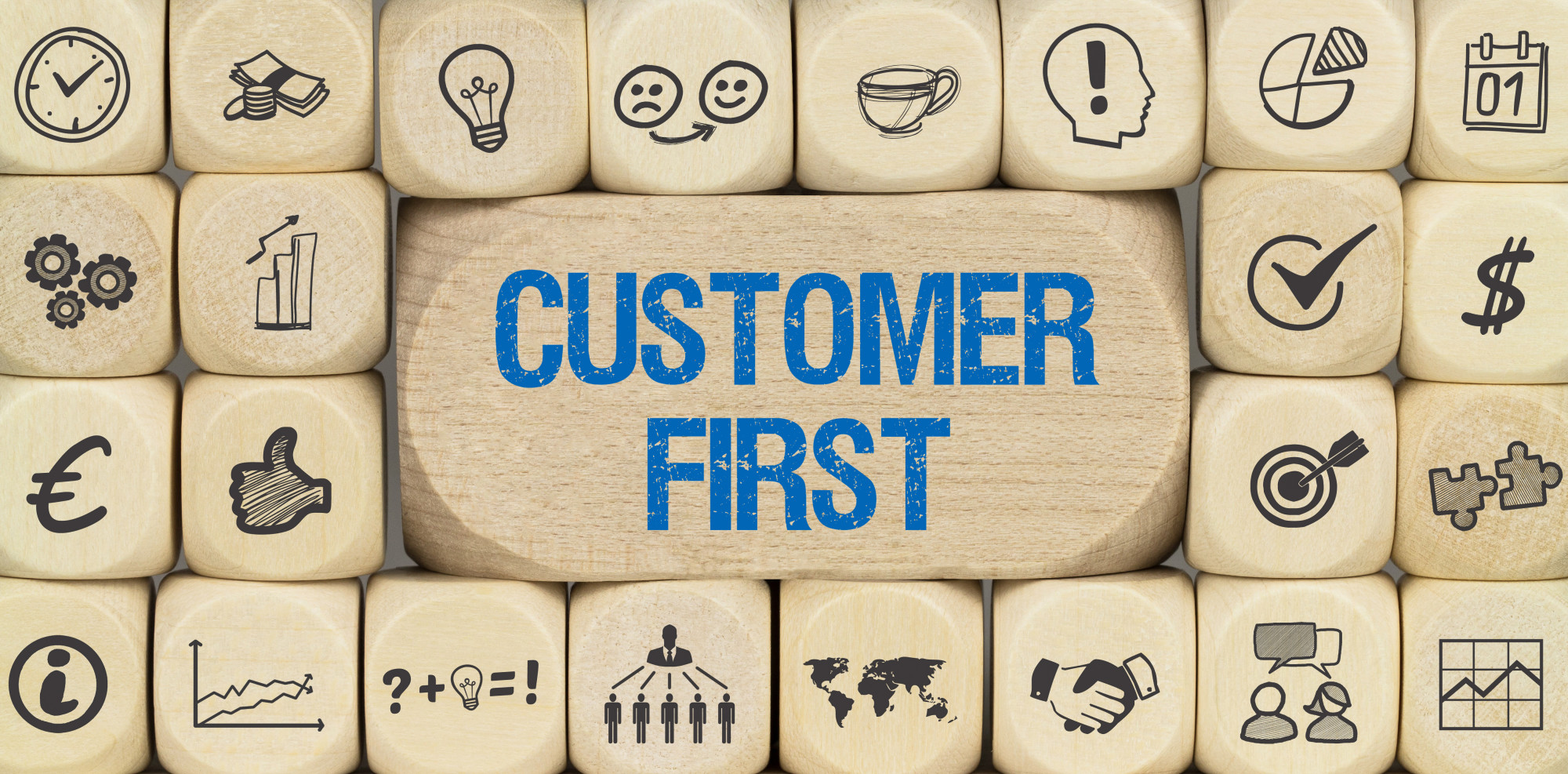Imagine spending all of your time preparing your eCommerce store only to get zero sales when you launch. Before you quit your store, consider what eCommerce trends you’re using and if they apply to the current year.
If they don’t, you may want to change something to help get your store out there. Then, you can increase your sales and make your online business a success.
Read on to learn more.
Faster Delivery
One of the biggest existing eCommerce trends that will continue into 2022 is fast delivery times. Customers don’t want to wait days or weeks to receive something they order online.
Companies such as Amazon already offer delivery in one or two days as well as same-day delivery on some items. All eCommerce businesses should focus on improving shipping times.
Of course, this can be difficult when relying on third-party couriers. However, companies should look into ways to ship more quickly, especially to local buyers.
Some businesses may choose to use DoorDash and similar services for local deliveries. Then, customers won’t have to wait for the mail to receive their orders.
Direct to Consumer
A massive advantage of selling and shopping online is the ability for companies and consumers to connect. Businesses can sell straight to the end-user instead of to a wholesaler or some other middleman.
That way, the business can charge customers less to help buyers save money. Companies may also have more control over sales and inventory, so they can keep from running out or having to restock a wholesaler.
The growth of eCommerce has allowed more businesses to sell to more people. You don’t have to make a deal with a big-box retailer to get your product in front of more people, so you and your buyers have more power.
More Cryptocurrency
Cryptocurrency has been gaining popularity for a while, and it will have an effect on eCommerce trends for 2022. Some governments have created official cryptocurrencies for their countries.
As this growth increases, more and more businesses will start to accept cryptocurrency as a payment method. Platforms such as PayPal already allow users to buy and sell cryptocurrency.
So if your business accepts other digital payments, it’s easy enough to accept cryptocurrencies. However, you should make sure adding new payments won’t lead to a security incident or breach that could compromise your private information.
Prioritizing Sustainability
Consumer behaviour can be an excellent marker of eCommerce trends. Many people are starting to care more about buying from companies with sustainable business practices.
Buying from sustainable businesses is particularly important for younger consumers. If you want to compete, you should focus on making your business more sustainable, such as switching away from plastic packaging.
Companies may also want to be more transparent about the origin of the materials they use. That way, the business can build trust with its customers, which can help get more sales from buyers who want to help the planet.
No matter how you focus on sustainability, make it part of your business. You may be able to set yourself apart from the competition, so you don’t have to compete with lower prices or similar tactics.
Reusing and Reselling
A more specific eCommerce trend that can help with sustainability is an increase in reselling vintage and second-hand items. Platforms such as Poshmark and Mercari allow people to sell their old clothes.
However, some people have taken to selling on those websites as a full business. Sellers may be able to see an increase in sales as more people want to buy second-hand.
Any business can also figure out ways to use or sell old inventory. Instead of burning old items, like some luxury brands do, consider how you can make use of the items, or sell them on second-hand marketplaces.
Better Chatbots
Another one of the big eCommerce trends for 2022 is the use of good chatbots. A chatbot can work at any time, and it can help shoppers find products that they want.
Chatbots will become more common, especially as artificial intelligence (AI) improves. You can use chatbots to answer simple questions and perhaps even make a few extra sales.
The bot can track consumer behaviour to provide more personal answers. Then, customers won’t have to aimlessly browse your website and risk not finding what they want to purchase.
Growth of Video
Video content has been gaining traction for years, starting with YouTube and now with the growth of TikTok. eCommerce brands can use video to promote their stores and individual products.
The videos you make can be entertaining or informational, and they can showcase your products. You might make a video sharing the benefits of a specific product, while another video covers how to use it.
Filming a video is particularly helpful if your product requires a bit of demonstration to understand. But videos can also help market simpler products, especially when you’re looking to get new customers.
On platforms like YouTube, you can link to the product in your video description to help customers find it. Then, you’ll be able to get more sales, and your customers can have a better idea of if a product is right for them.
Focus on Customer Loyalty
The growth of eCommerce has made it easy for people to make money online. However, that same growth has also brought in quite a bit of competition from other sellers.
If you want to maintain your customer base, you may want to offer a loyalty or rewards program. You might offer a free item or a discount code after a certain number of orders.
Another option is to offer a subscription program, like Amazon Prime. Customers can pay a monthly fee for access to fast shipping, free shipping, or other benefits.
You may also choose to send an email newsletter with exclusive discounts, such as for new product launches. Then, you can get sales from your loyal fans, and you won’t have to find as many new customers to stay profitable.
Mobile Shopping
About 56% of all web traffic was on a mobile device in 2021, more than any other year. Odds are, that growth will continue in 2022, so you must make sure your website is mobile-friendly.
The easier you can make shopping online on any device, the better chance you’ll have of making sales. When working on your website, most platforms let you preview and edit the mobile version.
You should keep the mobile design clean and simple so that people know where to go. That can help people get to where they need to go, and they won’t have to struggle to buy something.
Social Commerce
Another one of the big eCommerce trends for 2022 is social commerce. This is where people can buy items on a social media platform, like Instagram.
Social commerce allows people to make purchases without leaving their current app. That can take away some opportunities for the buyer to decide not to go through with the order, so you may get more impulse purchases.
You may also use social commerce if you choose to work with influencers. The influencer can add product tags to their posts, so their audience can buy the products of yours that the creator recommends.
Livestream Shopping
If you want to use social commerce, you can pair it with livestreams to help sell your products. Live videos allow you to demonstrate your products, answer questions and connect with your followers.
Getting to interact with your business may help some followers decide to buy what you’re selling. Many Livestream platforms let you include links in a description to make finding and buying the product easier.
Another benefit of a Livestream is that you can usually leave the video up for the public. Instagram lets you turn livestreams into a video to live on your feed, and YouTube livestreams can stay on your channel so that viewers can watch and shop later.
If you want to do livestreams, consider when your audience is the most active. Then, you can choose a time when more people will be able to tune in and watch you.
Shopping With Augmented Reality
Augmented Reality (AR) will also play a crucial role in eCommerce in 2022. Using AR allows customers to “try before they buy” without having to go to a physical store where you sell the product.
A customer can get a good idea of how the product will look in their home. Then, you may be able to lower return rates and see an increase in happy customers.
AR can help customers feel better about buying furniture, clothing, tech equipment, and more. The technology may not work for everything, and some people may still want to make a return.
However, buying online has always been a bit of a risk. Offering AR to customers can be a great way to lower their risk when they buy from you.
Which eCommerce Trends Will You Follow?
Each year brings with it a set of new eCommerce trends, and 2022 is no exception. Whether you choose to focus on sustainability or video marketing, you should consider a few trends.
Then, you can compare them and decide which will work the best for your business and customers. Soon enough, you may be able to get more sales and build customer loyalty.
Do you need help promoting your eCommerce business? Learn about our digital marketing services, and contact us to get started.









